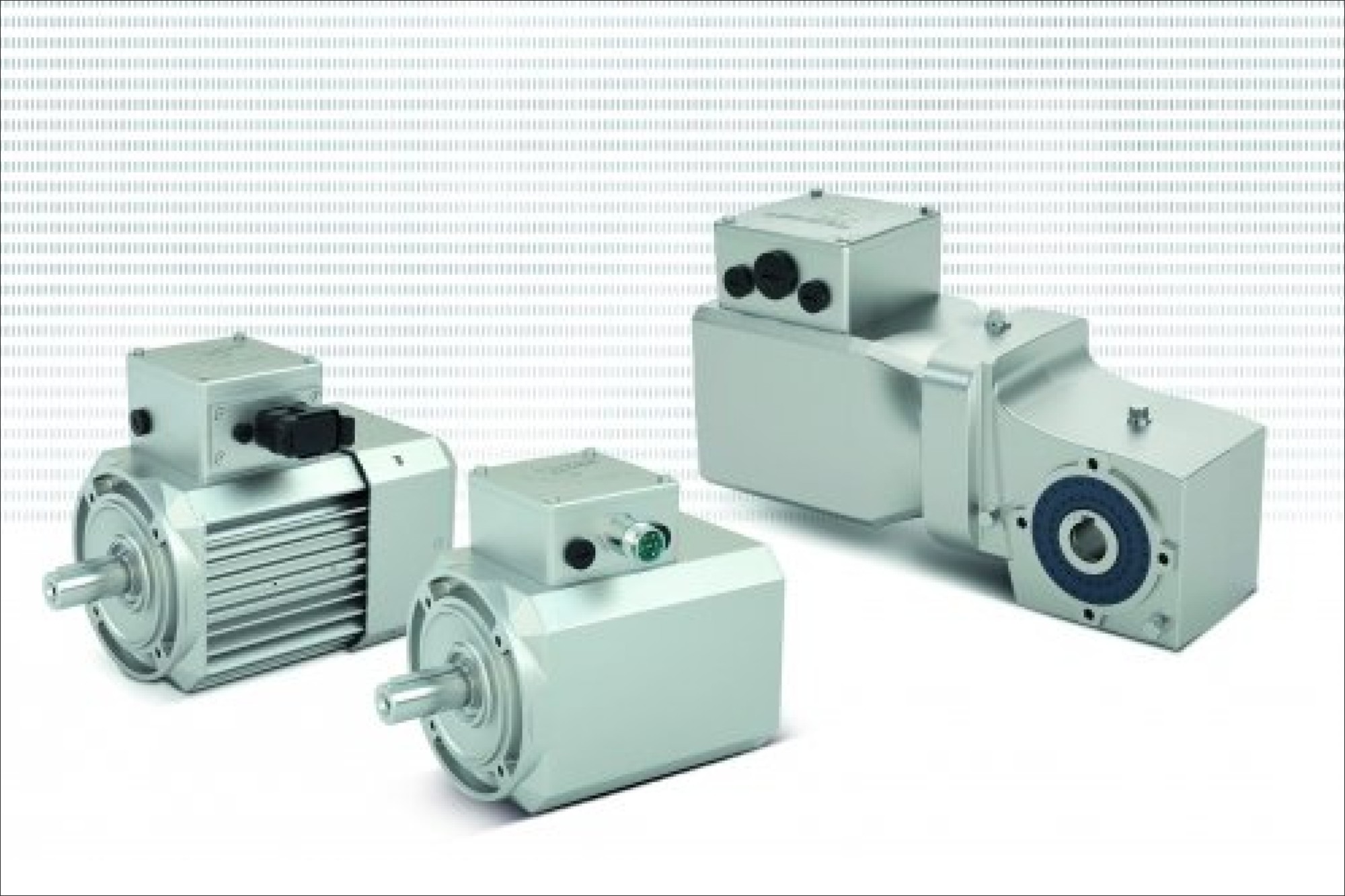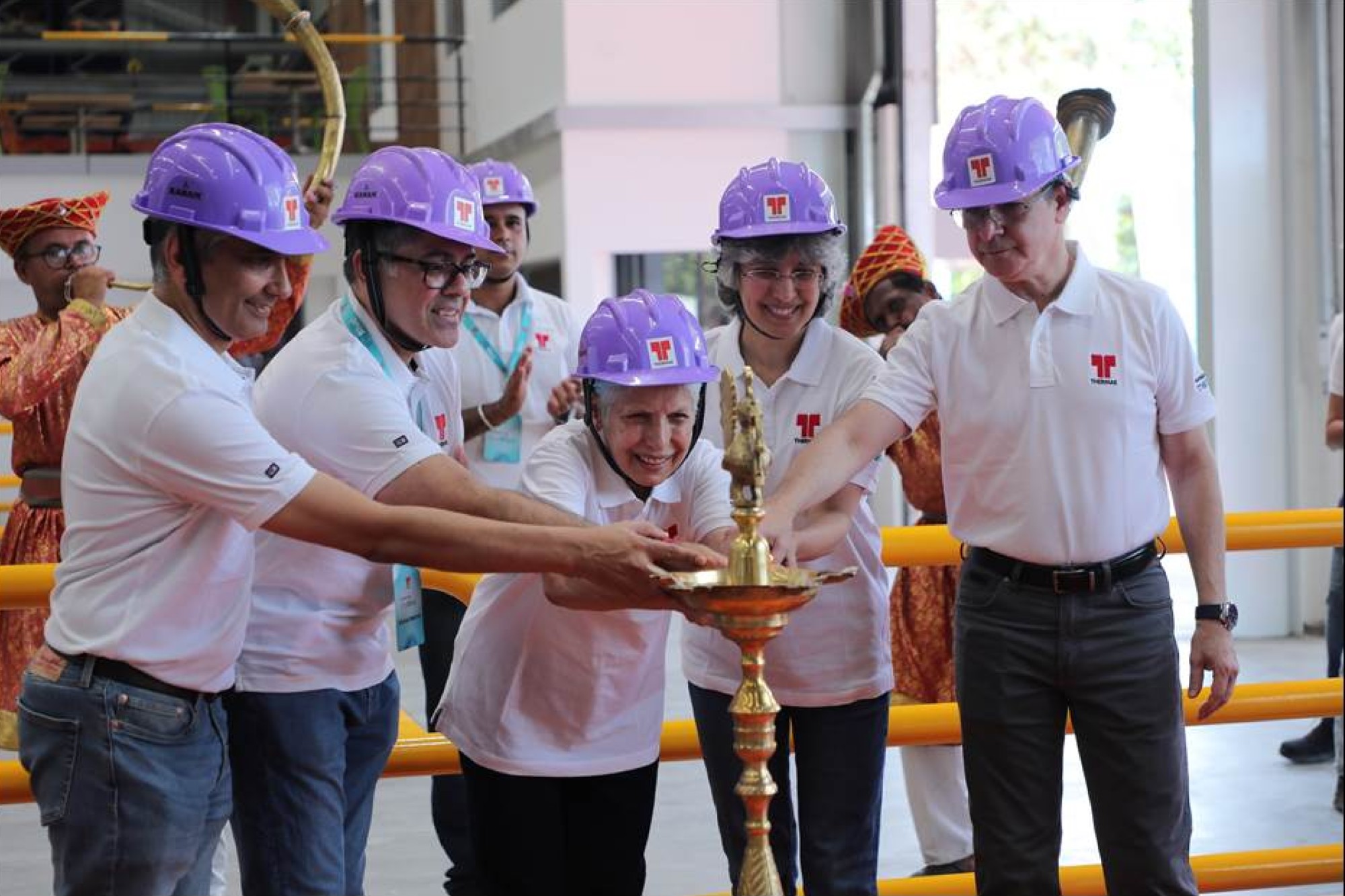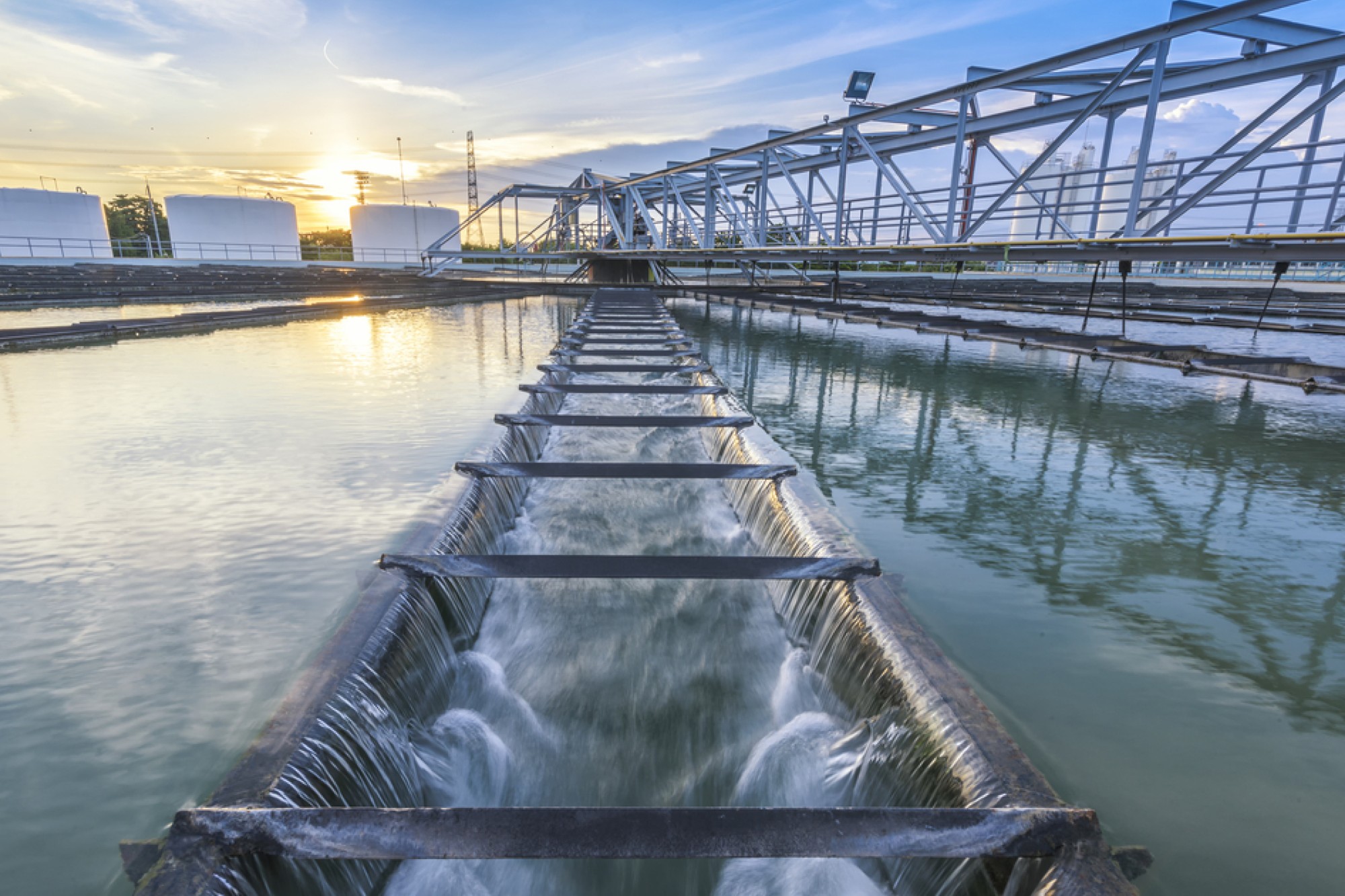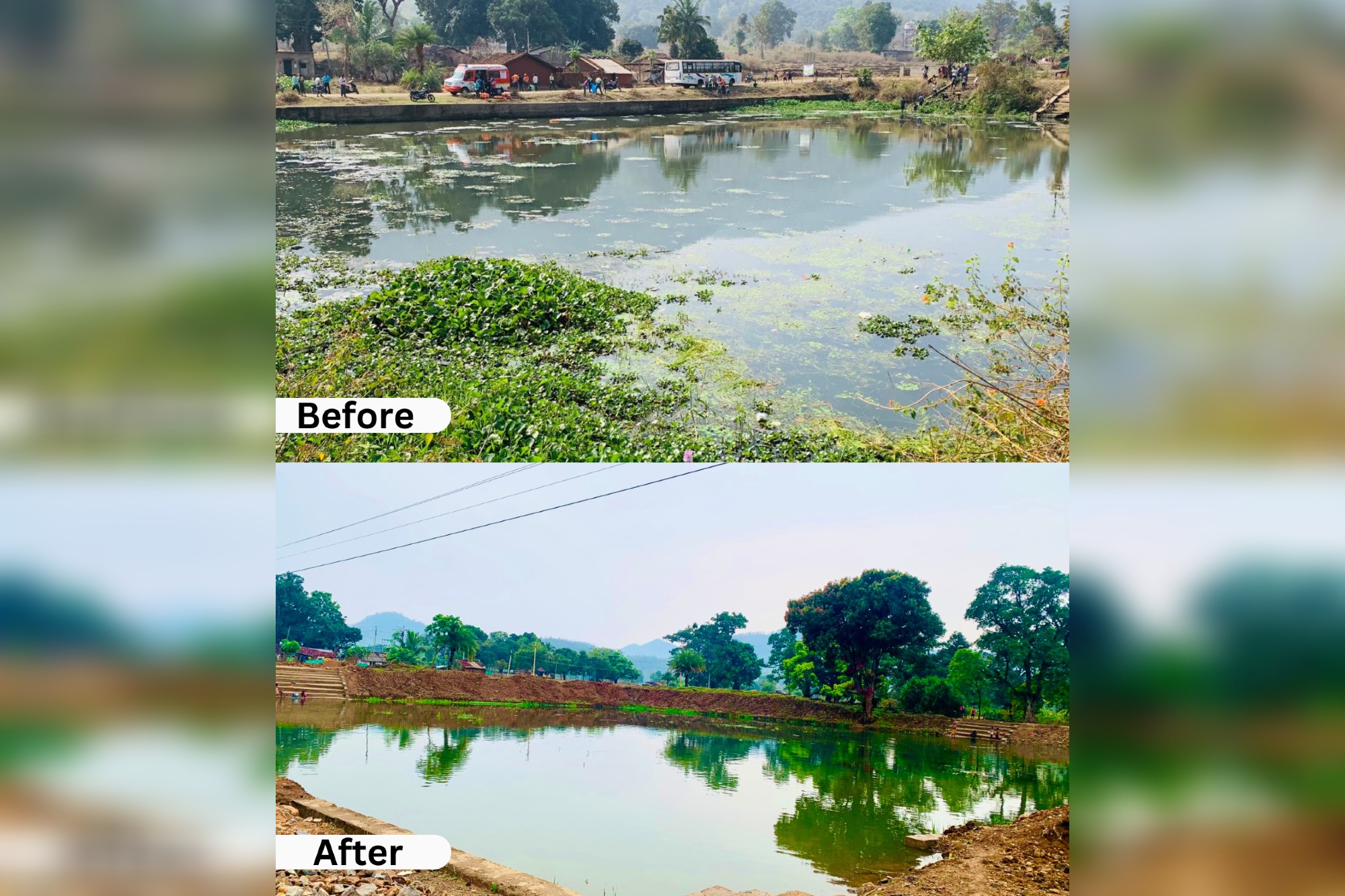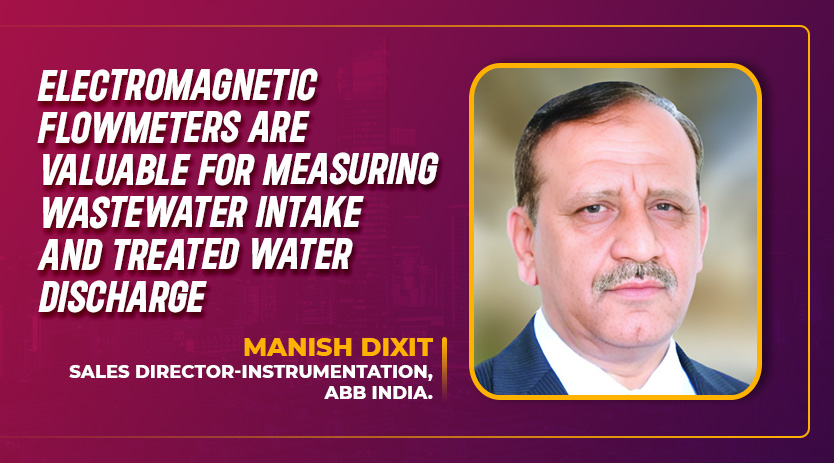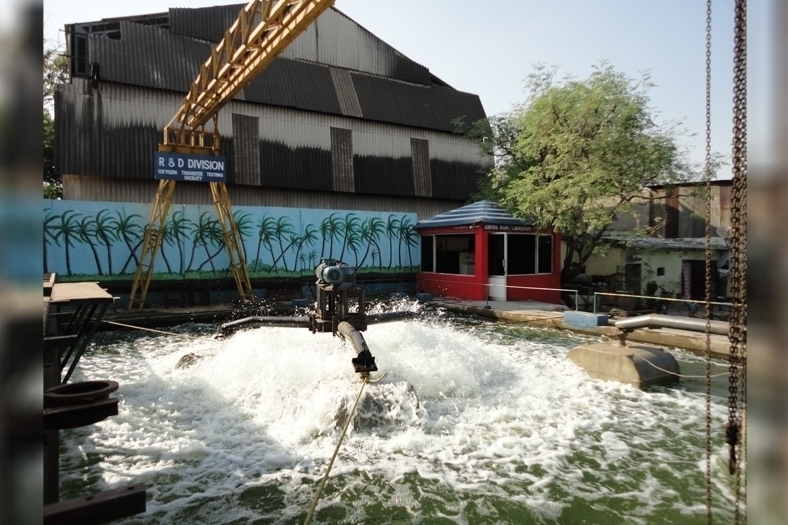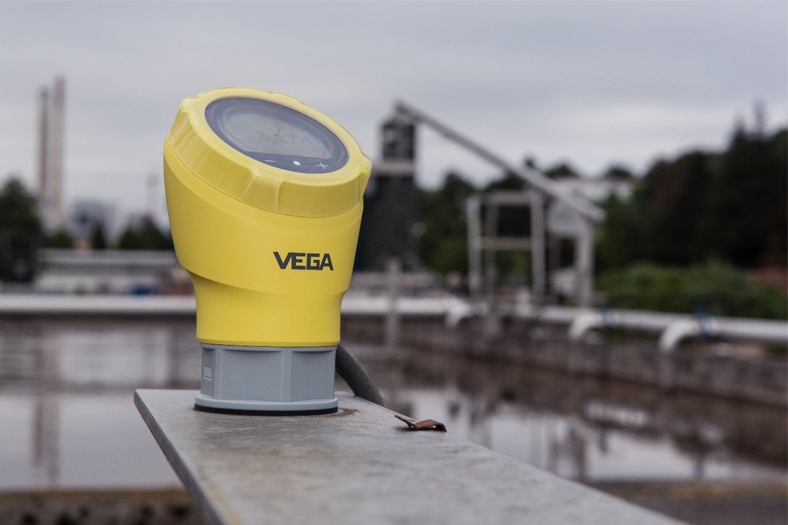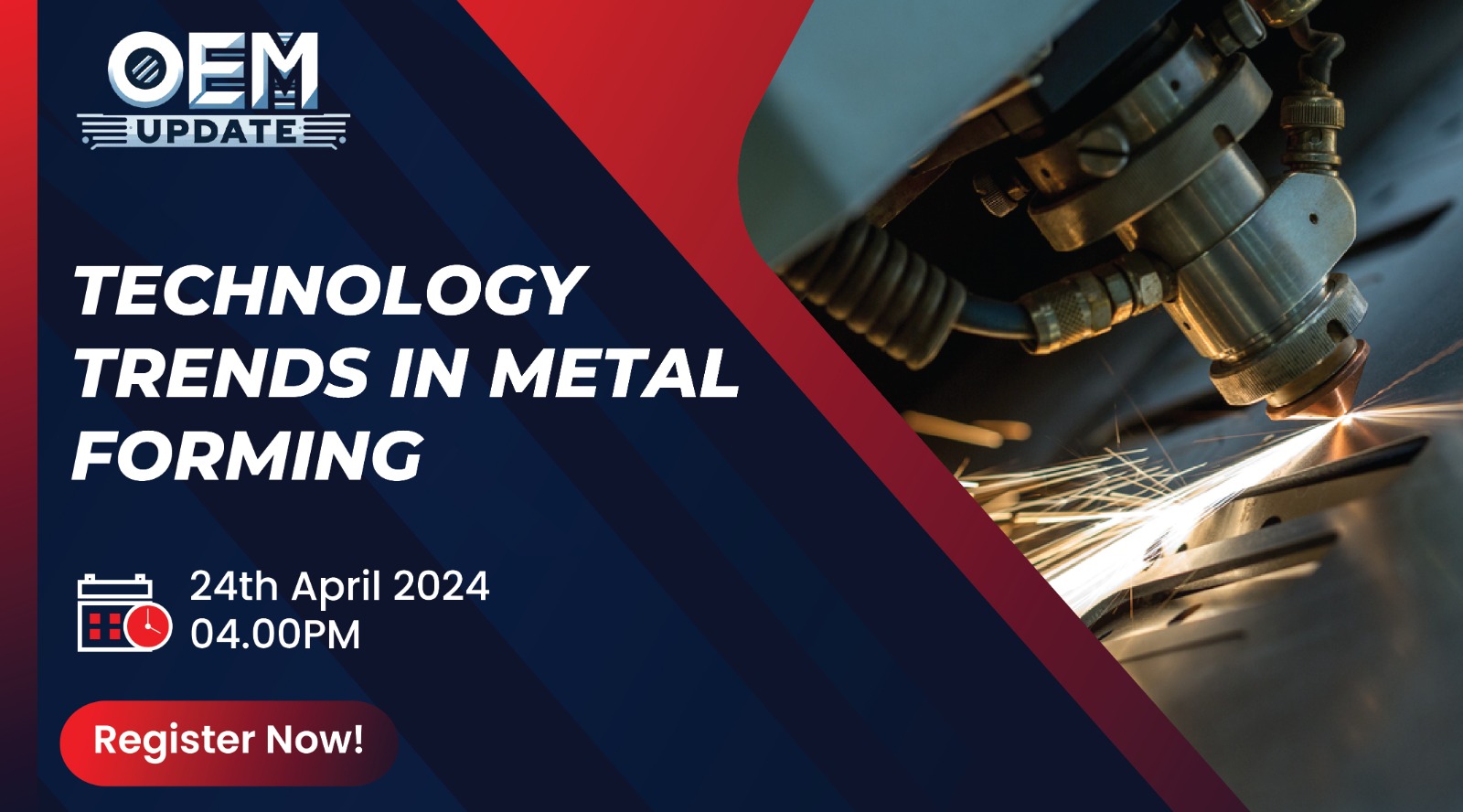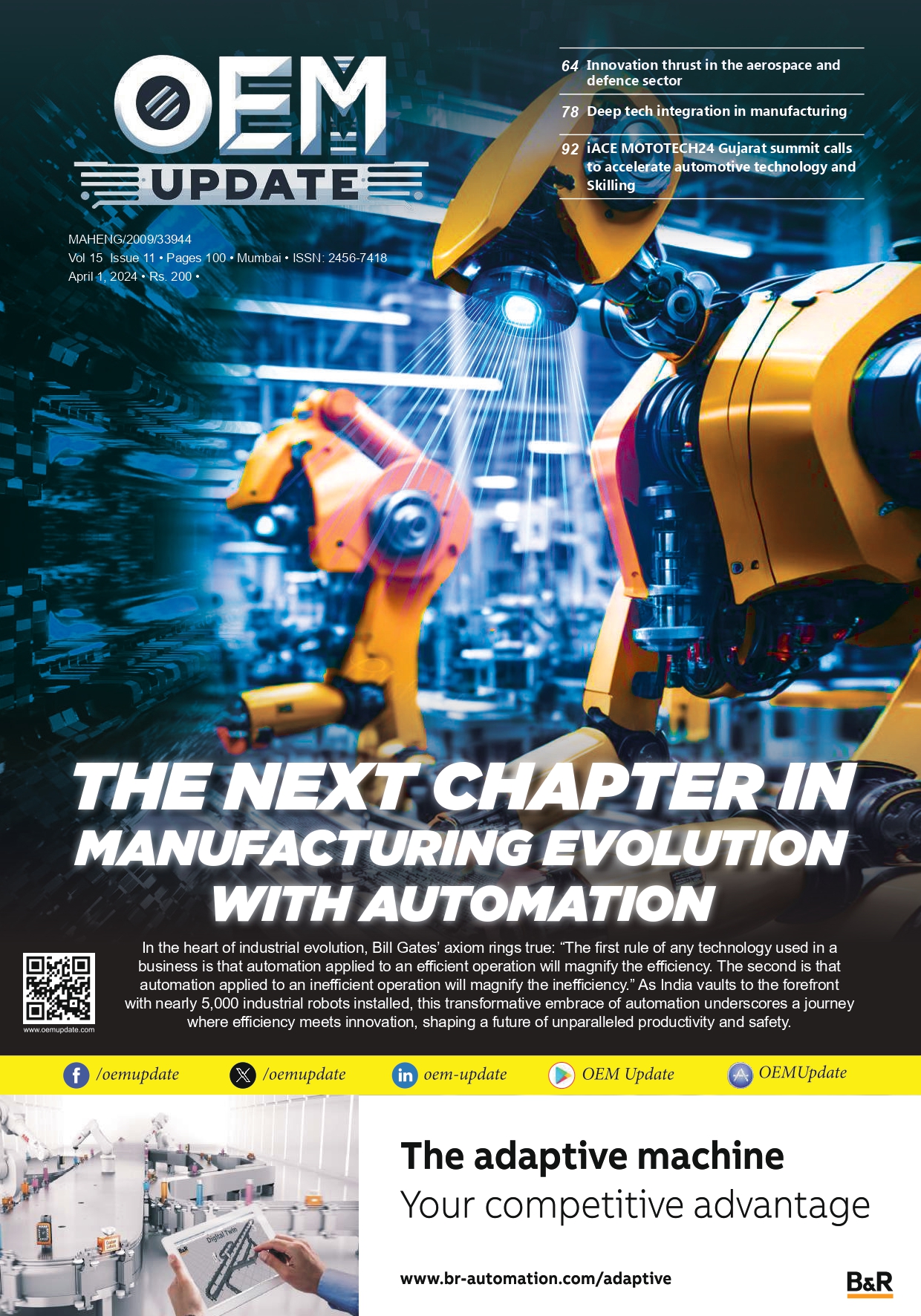Reverse Osmosis [Jan 2012]
January 11, 2012 5:56 am
This article is intended to help OEMs and utility engineers have an in-depth analysis of the their RO system and take necessary modification steps to achieve efficiency in operations that not only pays back for the modification, reduces the overall plant life cycle cost
In the reverse osmosis applications for Brackish water treatment to make the water fee of dissolved solids, the design and selection of right plant has been of immense importance. A lot has been written and there are available tools and guidelines to build a system. The optimisation of the plants in actual field conditions and cares to take throughout its life and upgrade the design based on latest knowhow, however, still is the area that’s neglected a lot – especially in the absence of a systematic guideline to approach modification of an existing facility.
Introduction to reverse osmosisReverse osmosis is a process of filtration of ions through a very fine material know as membrane. When we make this membrane ultra fine that to filter out ionic substances in their hydrated form, it becomes selectively permeable. This means it allows water to pass but salt (in its hydrated form) is not allowed to pass.
Another form of science also applies here in case we try for ionic filtration. The phenomena of Osmosis, which will encourage the water already filtered through membrane (pure water), reverse its flow towards the rejected salt so that the concentration of salt is reduced.
Since the objective of reverse osmosis is to achieve filtration of ions and produce salt free water, feed water pressure therefore shall be enough to overcome two barriers:
Resistance of membranes
Flow of pure water back to the concentrated side.
In scientific term therefore the applied pressure is greater than the osmotic pressure plus the membrane resistance.
Applied pressure depends upon water to be filtered, for lower TDS of bore-well water pressure is low (7 – 18 kg/cm2) and for higher TDS water such as sea water the pressure is very high > 40 kg/cm2.
Reverse osmosis thus generates a pure water stream (product) and a concentrated water stream (reject) when we feed a raw water stream with pressure into a reverse osmosis system:The inputs for RO designTo design a Reverse osmosis system, the designer can have only 2 objectives of a design:
Lower capital cost
Lower operating expense.
Actually one needs to have a third basis of design i.e. plant life cycle cost, but it is ignored in early stages of RO plant development for lack of data and trends available before hand for design. Things have however changed over past several years and a lot of operational experience is now available which can be used for plant retrofit and modernisation.
But let’s first have a look at the elements on which the plants are designed. They are here in order of their impact on the decision made:
Feed water TDS (ionic composition)
Recovery desired
Membrane selection
Pump selection
Array design and optimisation
Automation and control.
And off-course present and future needs to arrive at the capacity of the plant.
Is my plant healthy?This question is often popped to me when I meet RO plant users. In majority of the cases, once the plant is thoroughly audited we find a sincere need to re-invest and I mean, mind here not the money as a matter of priority. Let me first share some of the concern:
The Pump head The high pressure pump (HPP) that generates pure water at specified recovery and for a specified feed, is one place that contributes to maximum operating expense in form of power. At the beginning of a Greenfield project what we normally do:
Customer: Provides worse water analysis of the season to the plant designers (off-course that’s logical)
Customer: We keep 20-25 per cent safety on it thinking that water quality may deteriorate with time.
OEM: Will take 5-10 per cent safety in commitment on pressure, in comparison to what has been indicated by membrane designed software e.g. ROSA from Dow.
Consultant: Depending upon the case, he may recommend keeping 10 per cent margin on the pump head as a general rule of good engineering practice.
OEM: Since the RO membranes foul with time, we have drop in flux progressively. That means brand new membranes will need low pressure compared to the membranes that are fouled. Therefore, if the plant membrane life is estimated for 3 years, the pressure of pump selected would be about 20 – 25 per cent higher, to ensure that the plant is functional even at the end of 3rd year.
OEM: Considering all above, one will arrive at bkw and it’s natural to take the next available size of the motor to ensure compliances.
OEM: Reverse osmosis systems operate on pre-treated water and usually feed water at inlet of HPP shall have 1.00 – 2.00 Kg/cm2 pressure. Since the modern HPP are inline vertical stage pumps, this pressure is available to be added to further system, but is usually ignored.
Cookie Consent
We use cookies to personalize your experience. By continuing to visit this website you agree to our Terms & Conditions, Privacy Policy and Cookie Policy.




